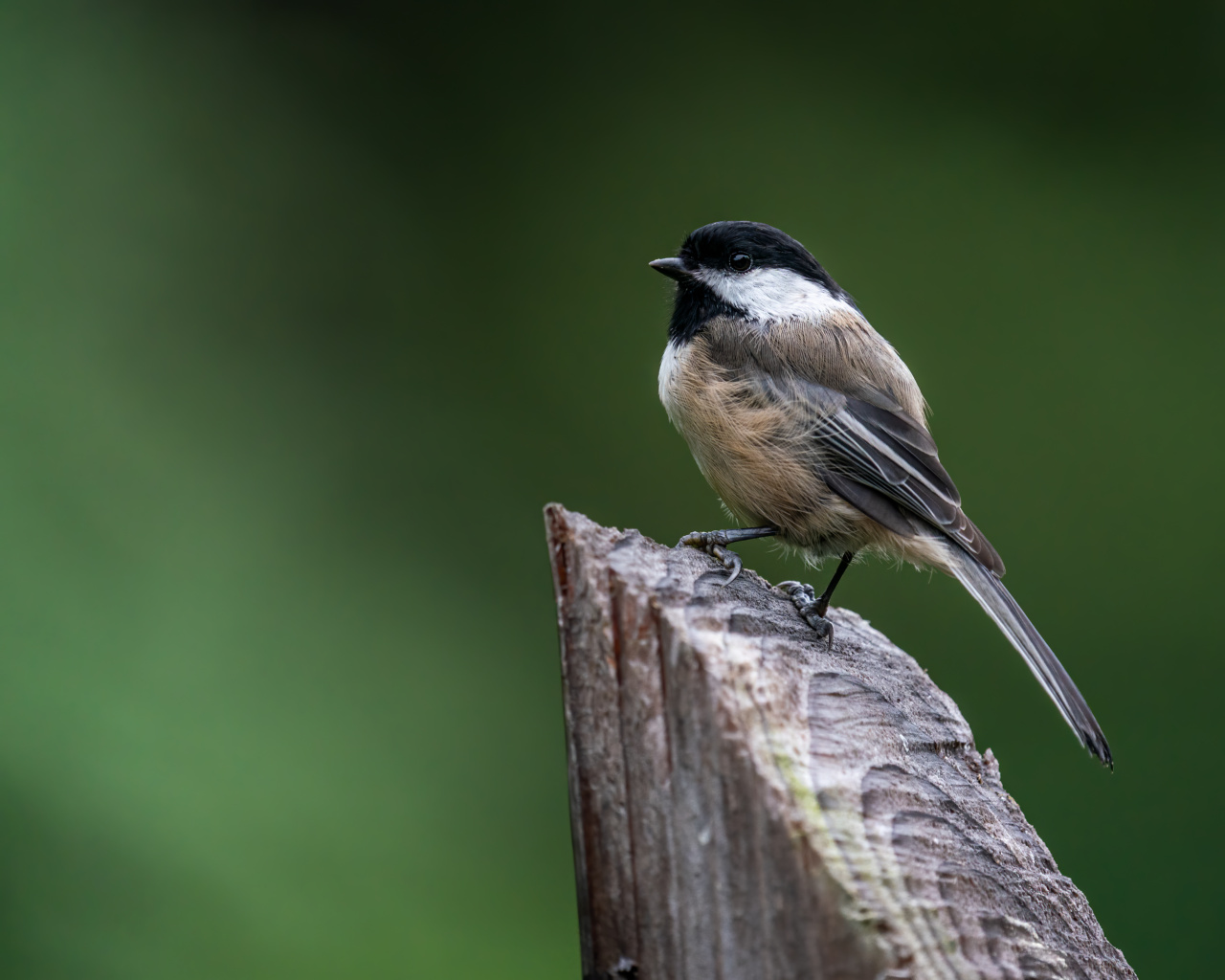Researchers at an Arctic research station have made a groundbreaking discovery, successfully resurrecting viruses that had been dormant for an astonishing 48,000 years.
This discovery has opened a new chapter in the field of virology, shedding light on ancient viruses and potentially revolutionizing our understanding of viral evolution.
The Discovery
Situated deep within the frozen tundra of Siberia, the remote research station is a hub of scientific exploration. With temperatures dropping to bone-chilling lows, this desolate landscape provides the perfect setting for unearthing ancient secrets.
A team of intrepid scientists, led by Dr. Victoria Petrov, embarked on a mission to uncover the mysteries hidden beneath the ice.
Drilling deep into the permafrost, the researchers collected samples of ancient ice dating back thousands of years.
Among the pristine ice crystals, they stumbled upon something extraordinary – viruses that had remained dormant for tens of thousands of years. This monumental discovery sent shockwaves through the scientific community and opened up a whole new avenue of research.
Unleashing the Ancient Viruses
With great caution and meticulous planning, the researchers initiated the process of awakening the dormant viruses.
Utilizing state-of-the-art laboratory facilities at the research station, they successfully extracted the intact genetic material of these ancient viruses. Through meticulous experimentation, they managed to revive the viruses, effectively bringing them back to life.
Studying these resurrected viruses has provided invaluable insights into the evolution and adaptation of viruses over thousands of years.
By comparing the genetic material of these ancient viruses with their modern counterparts, researchers hope to understand how viruses evolve and potentially predict their behavior in the future.
Implications for Viral Evolution
The discovery of these ancient viruses has far-reaching implications for our understanding of viral evolution. The genetic material of these viruses, frozen in time, provides scientists with a unique window into the past.
By examining their genetic makeup, researchers can trace the evolutionary paths of these ancient viruses and compare them with present-day strains.
This research not only enhances our knowledge of viral evolution but also helps in the development of effective antiviral treatments and preventive measures.
Understanding the past can equip us with the necessary tools to combat future viral outbreaks, as we gain insight into how viruses adapt and mutate over time.
Potential Risks and Controversies
While this groundbreaking research holds great promise, it has also raised concerns about the potential risks associated with resurrecting ancient viruses.
Some experts fear that bringing these long-dormant viruses back to life could lead to unintended consequences, including possible infections or the creation of new pathogens.
Proponents argue that studying these ancient viruses is crucial in preparing for future outbreaks. By understanding the genetic makeup and behavior of these viruses, researchers will be better equipped to develop effective treatments and vaccines.
Additionally, any risks can be managed by applying stringent safety protocols and containment measures in the laboratory.
Unlocking Ancient Secrets
The discovery of these 48,000-year-old viruses has opened a Pandora’s box of possibilities. Researchers believe that there may be countless other ancient viruses lying dormant in ice and permafrost around the world, waiting to be awakened.
Exploring these frozen time capsules could provide us with further insights into our past and help us anticipate viral threats that lie ahead.
Conclusion
The resurrection of ancient viruses from deep within the Siberian permafrost has captivated the scientific community and the world at large.
This groundbreaking research has shed light on the mysteries of viral evolution and highlighted the potential risks and rewards associated with studying ancient pathogens.
As researchers continue to unravel the secrets hidden beneath the ice, we can only imagine what other revelations may lie in wait.
From understanding viral evolution to developing advanced antiviral treatments, this discovery promises to have a profound impact on our battle against infectious diseases.































